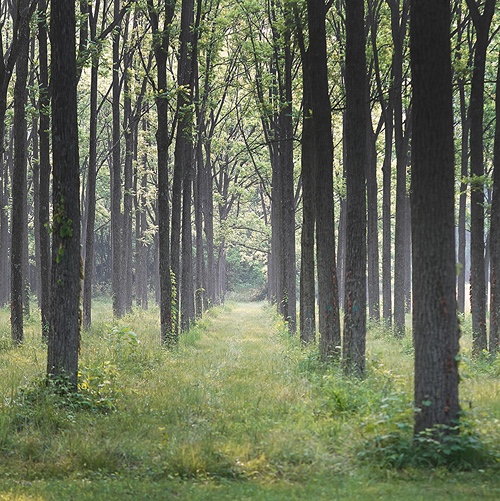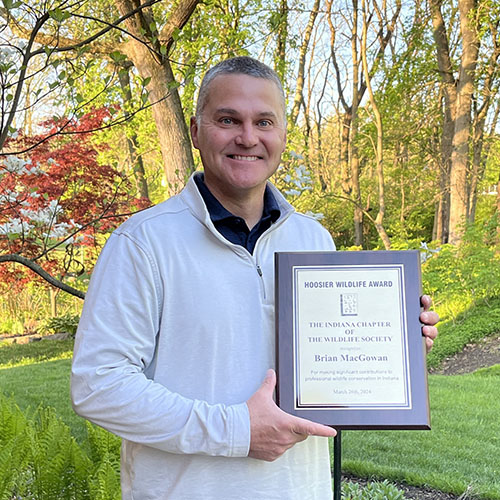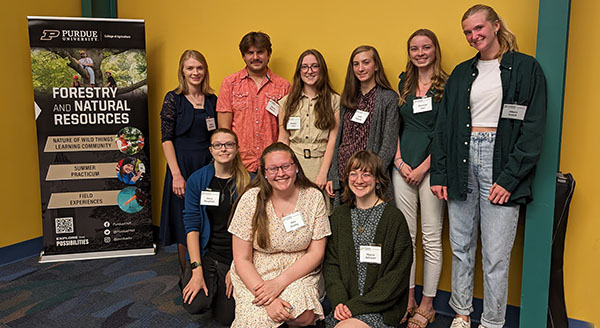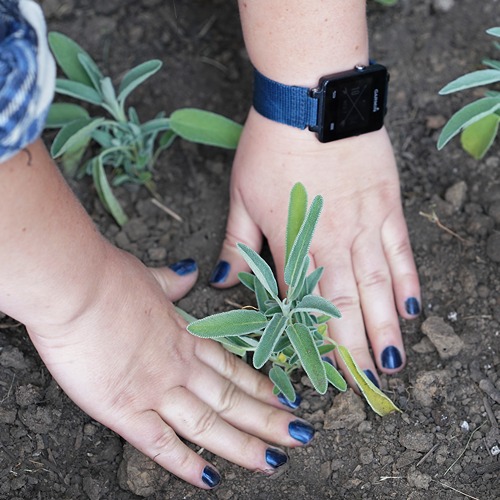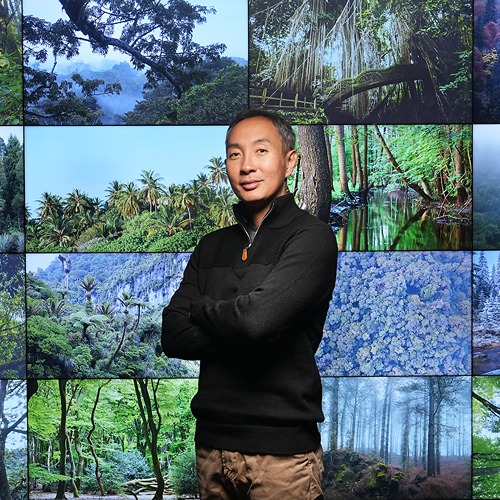The upcoming solar eclipse on April 8 has drawn the attention of scientists and the general public alike.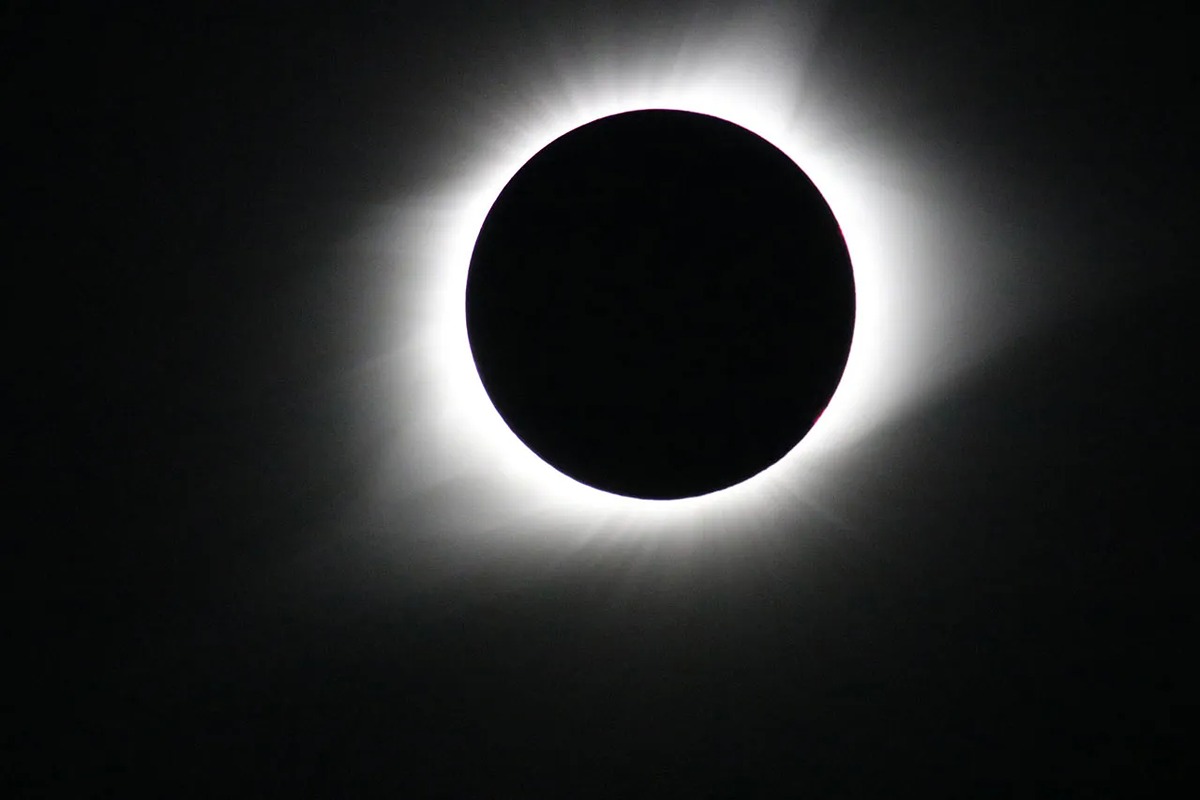 Beyond the visual uniqueness of the event, many are curious how the eclipse will affect animal behavior.
Beyond the visual uniqueness of the event, many are curious how the eclipse will affect animal behavior.
Dr. Bryan Pijanowski, professor of forestry and natural resources and director of the Purdue Center for Global Soundscapes, has been quoted in various media outlets throughout the country, including CNN, the New York Times and the Daily Mail, about the topic, especially how darkness may affect the circadian rhythm of various species.
Some species that are normally vocal and active during the day may quiet down, he said, while others, who are more active in the night time hours may emerge during the darkness of the eclipse.
Pijanowski and his team are beyond curious and have set out to document species from bats to insects,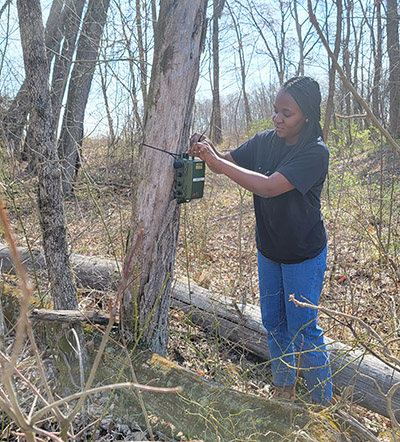 mammals and birds through a small study at the Southeast Purdue Agricultural Center (SEPAC). The study, designed to record how a variety of animals respond to the eclipse, will utilize a variety of microphones and acoustic sensors on land and in the water.
mammals and birds through a small study at the Southeast Purdue Agricultural Center (SEPAC). The study, designed to record how a variety of animals respond to the eclipse, will utilize a variety of microphones and acoustic sensors on land and in the water.
“Our past work, published in 2018, focused solely on the sounds of birds and insects during a total solar eclipse,” Pijanowski explained. “This study expands it to determine if bats and underwater life also respond to a total solar eclipse. Our essential question is: do all species respond the same or is there a differential response? And then what about the life history of each species, is that important to consider if there is differential response? The study provides information about how animals respond to changes in the environment that affect circadian rhythms.”
Terrestrial acoustic sensors that record sounds from birds, mammals (e.g., coyotes), amphibians (e.g. spring peepers) and insects (e.g., such as cicadas and crickets) were deployed along the edge of ponds, along forest edges, along river riparian zones, young secondary forests and mature forests. They are set to record for an entire week before and after the total eclipse.
The group also deployed three bat sensors to determine if the several species of bats that occur in southern Indiana will become active when the sun is blocked by the moon.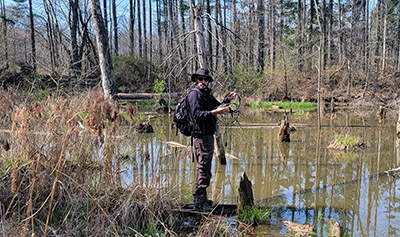
Hydrophones, or devices that detect and record sounds underwater, were deployed in two different ponds to determine how aquatic life (e.g., fish and crustaceans) might change their sound production patterns during the event.
On the day of the eclipse, the Center for Global Soundscapes team will be joined at SEPAC by a reporter from Astronomy News who will be reporting on the event from the study area.
This work by the Center for Global Soundscapes team follows a 2017 study in Nebraska and a continental study that had sensors located across various levels of eclipse (10-90%) in Canada and the US.
All members of Pijanowski’s soundscapes lab will assist with the study, analyzing some aspect of the acoustic data. This study is funded through Purdue University and the Center for Global Soundscapes.
 Top row (left to right): A view of the pond at the Southeastern Purdue Agricultural Center where the Center for Global Soundscapes team deployed terrestrial, aquatic and other recording devices to track animal behavior during the upcoming solar eclipse; Fran Rivas Fuenzalida servicing the data logger for a hydrophone; Adebola Adeniji observing some birds at SEPAC with a pair of binoculars. Second row (L to R): Adebola Adeniji and Dr. Christina "Evi" Mediastika checking sensors and making notes at SEPAC; Fran Rivas Fuenzalida kneeling next to the pond after dropping the hydrophone into the water; Adebola Adeniji preparing one of the terrestrial passive acoustic recorders; Ruth Bowers-Sword and Sam Lima installing an ultrasonic bat sensor (top) and a terrestrial passive acoustic sensor (bottom). Third row (L to R): Dr. Christina “Evi” Mediastika, Fran Rivas Fuenzalida and Adebola Adeniji installing batteries and SD cards into the data logger for one of the hydrophones; Fran Rivas Fuenzalida organizing the long cables for the hydrophone.
Top row (left to right): A view of the pond at the Southeastern Purdue Agricultural Center where the Center for Global Soundscapes team deployed terrestrial, aquatic and other recording devices to track animal behavior during the upcoming solar eclipse; Fran Rivas Fuenzalida servicing the data logger for a hydrophone; Adebola Adeniji observing some birds at SEPAC with a pair of binoculars. Second row (L to R): Adebola Adeniji and Dr. Christina "Evi" Mediastika checking sensors and making notes at SEPAC; Fran Rivas Fuenzalida kneeling next to the pond after dropping the hydrophone into the water; Adebola Adeniji preparing one of the terrestrial passive acoustic recorders; Ruth Bowers-Sword and Sam Lima installing an ultrasonic bat sensor (top) and a terrestrial passive acoustic sensor (bottom). Third row (L to R): Dr. Christina “Evi” Mediastika, Fran Rivas Fuenzalida and Adebola Adeniji installing batteries and SD cards into the data logger for one of the hydrophones; Fran Rivas Fuenzalida organizing the long cables for the hydrophone. 